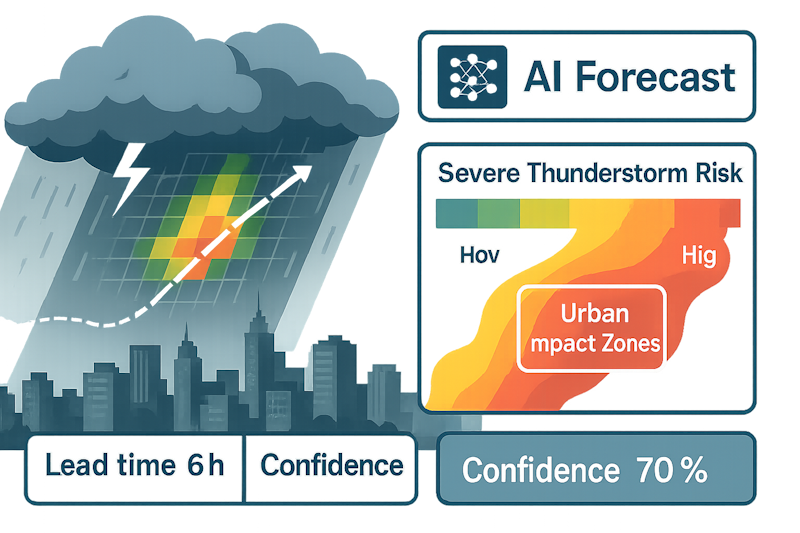News
Mapping the AI weather forecasting - review powered by UPWr-UWr collaboration
29-09-2025

A cross-disciplinary team from Wrocław has published a concise, state-of-the-art review of AI weather models in Engineering Applications of Artificial Intelligence. The article "Beyond the horizon: A comprehensive analysis of artificial intelligence-based weather forecasting models" surveys ca. 40 systems (e.g., GraphCast, Pangu-Weather, FourCastNet), compares data, lead times, and verification practices, and pinpoints gaps.
The study brings together AI/observation experts (Dr Saeid Haji-Aghajany and Prof. Witold Rohm) from the Institute of Geodesy and Geoinformatics (UPWr) with meteorology/climatology researchers (Prof. Maciej Kryza) at UWr’s Department of Climatology and Atmosphere Protection, and computer-science/AI specialists from UWr’s Computational Intelligence Research Group (prof. Piotr Lipiński) - a synergy bridging observations and modelling with cutting-edge ML.
Why it matters:
- Clear map of the field: What AI does well today, where it lags (especially record-breaking extremes), and how to test it fairly.
- Practical guidance: Calls for shared baselines, transparent scorecards, and probabilistic, hybrid AI-plus-physics approaches for operation.
Paper: Beyond the horizon: A comprehensive analysis of AI-based weather forecasting models, Engineering Applications of Artificial Intelligence, vol. 162, Part A, 112335, Haji-Aghajany S., Rohm W., Lipiński P., Kryza M., 2025.
 back
back |
 |
 |
 |
Contact
|
INSTITUTE OF GEODESY AND GEOINFORMATICS
Wroclaw University of Environmental and Life Sciences Grunwaldzka 53 50-357 Wroclaw NIP: 896-000-53-54, REGON: 00000 18 67 Phone +48 71 3205617 Fax +48 71 3205617 e-mail: igig@upwr.edu.pl |